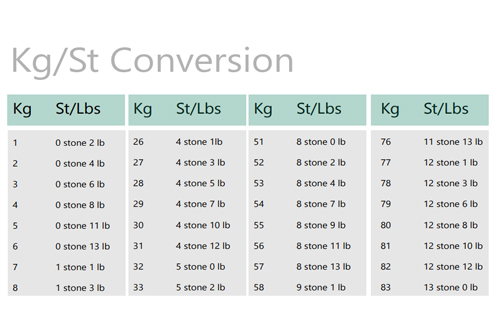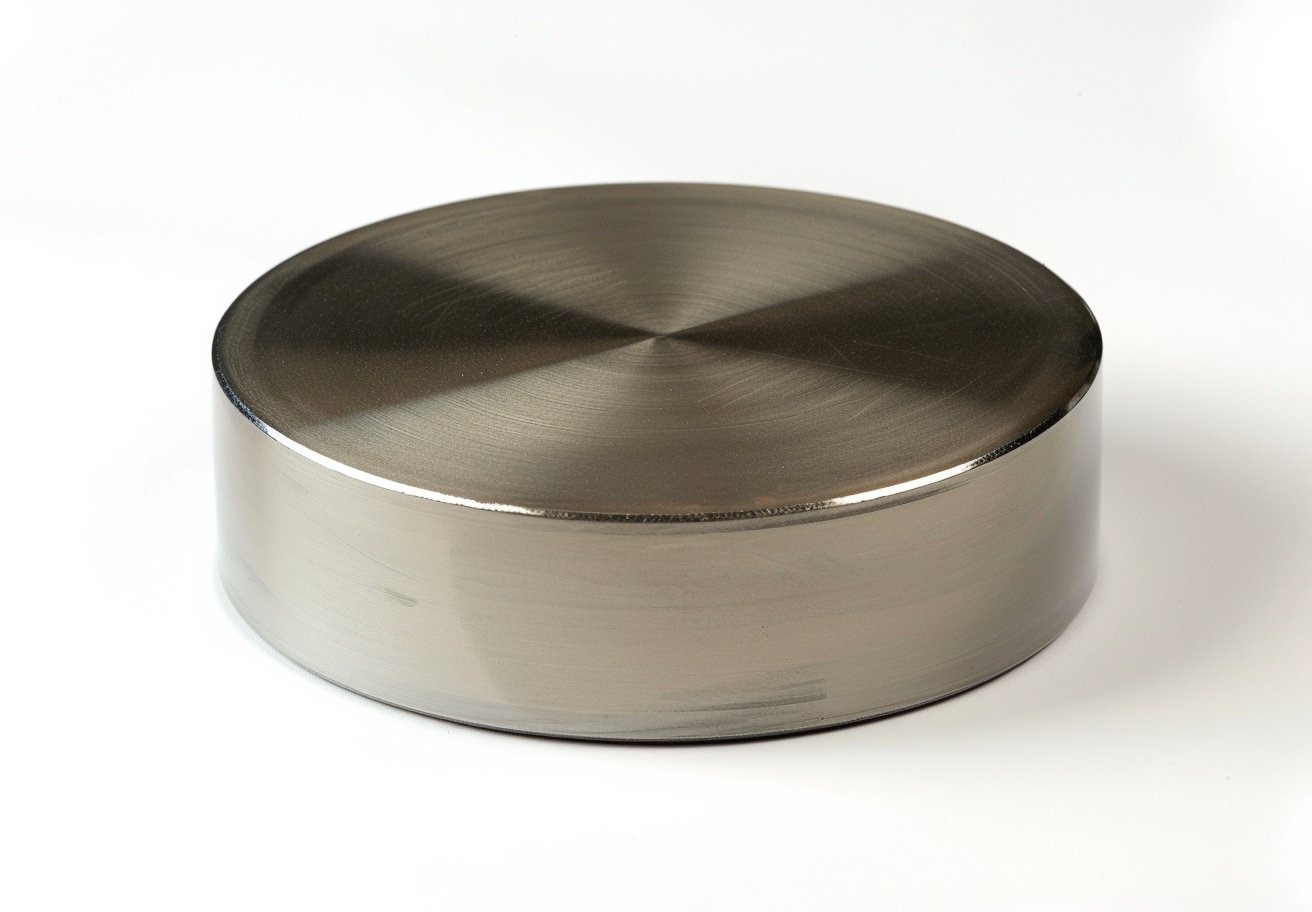Length Conversion Table
Understanding of Length Measurements
Length measurement is fundamentally important in various fields, for example in science, engineering and everyday activities. Different regions use different measurement systems, chiefly the metric system and the US customary system. Familiarity with converting between these systems is essential for precise communication and application.
Conversion of Metric Units to Inch Measurements
The metric system is internationally used and is based on powers of ten, thereby simplifying calculations. In the United States, however, the customary system is primarily employed. Converting from metric units to inches bridges the gap between these two measurement systems.
Practical Applications
Accurate length conversion is essential in various scenarios:
- Technical Projects: Ensuring the correct fit of components by converting measurements.
- Construction: Adapting international standards to local measurements.
- Education: Instructing students on various measurement systems.
- Everyday Use: Converting measurements for recipes, home improvement and more.
Table for Length Conversion
For quick and simple results, try our Length Unit Converter. Also visit our Toolbox page for additional useful tools.
Converting Metric to Customary
|
Metric Unit |
Inch Equivalent |
US Customary Unit |
Inch Equivalent |
|
1 Millimetre (mm) |
0.039 in |
1 in |
1 in |
|
10 Millimetres (mm) |
0.394 in |
1 foot |
12 in |
|
100 Millimetres (mm) |
3.937 in |
1 Yard |
36 in |
|
1 Centimetre (cm) |
0.394 in |
1 Mile |
63 360 in |
|
1 Metre (m) |
39.37 in |
1 Furlong |
7 920 in |
Conversion from Customary to Metric
|
Customary Unit |
Metric Equivalent |
|
1 in (inch) |
25.4 Millimetres (mm) |
|
1 foot (ft) |
0.3048 Metres (m) |
|
1 Yard (yd) |
0.9144 Metres (m) |
|
1 Mile (mi) |
1 609.34 Metres (m) |
|
1 Mile (mi) |
1.60934 Kilometres (km) |
|
1 Centimetre (cm) |
10 Millimetres (mm) |
|
1 Metre (m) |
100 Centimetres (cm) |
Further information is available at Stanford Advanced Materials (SAM).
Frequently Asked Questions
How can I convert centimetres to inches?
Multiply the number of centimetres by 0.394 to obtain the corresponding inches.
Why is it important to understand both metric and US customary units?
Understanding both systems ensures precise communication and application in international and local contexts.
Can I use online tools for length conversion?
Yes, online converters are convenient and provide rapid and accurate conversions.
What is the equivalent of one metre in inches?
One metre is approximately equivalent to 39.37 inches.
Are there mobile apps available for length conversion?
Yes, many mobile applications enable length conversion between metric and US customary units.

 Bars
Bars
 Beads & Spheres
Beads & Spheres
 Bolts & Nuts
Bolts & Nuts
 Crucibles
Crucibles
 Discs
Discs
 Fibers & Fabrics
Fibers & Fabrics
 Films
Films
 Flake
Flake
 Foams
Foams
 Foil
Foil
 Granules
Granules
 Honeycombs
Honeycombs
 Ink
Ink
 Laminate
Laminate
 Lumps
Lumps
 Meshes
Meshes
 Metallised Film
Metallised Film
 Plate
Plate
 Powders
Powders
 Rod
Rod
 Sheets
Sheets
 Single Crystals
Single Crystals
 Sputtering Target
Sputtering Target
 Tubes
Tubes
 Washer
Washer
 Wires
Wires
 Converters & Calculators
Converters & Calculators
 Write for Us
Write for Us


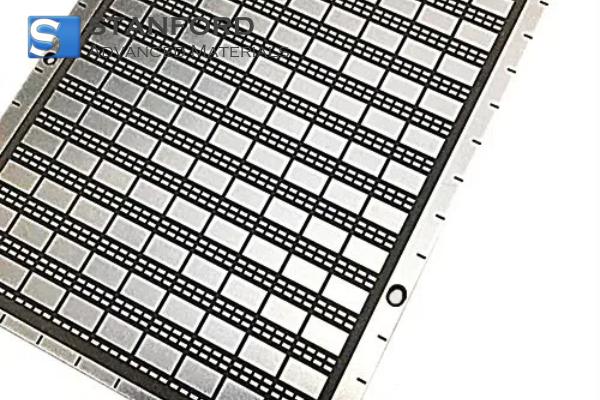
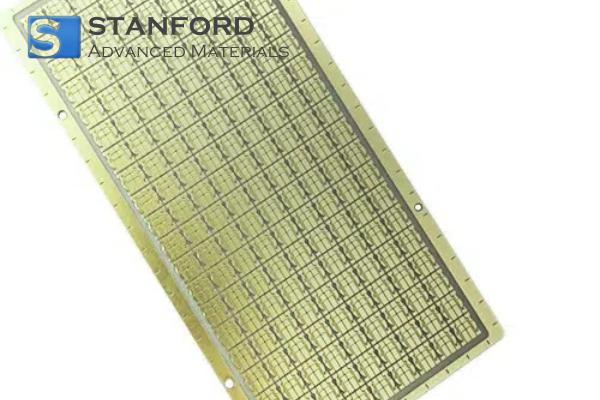
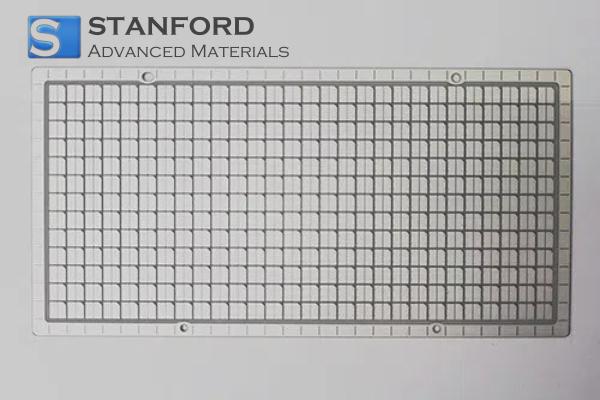
 Chin Trento
Chin Trento

